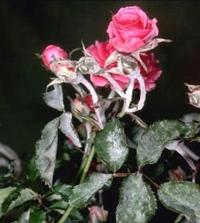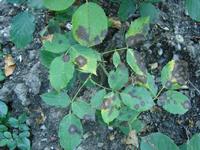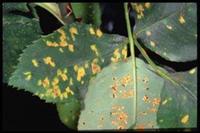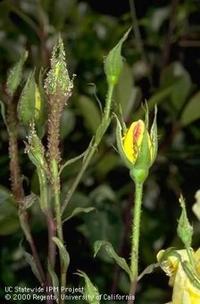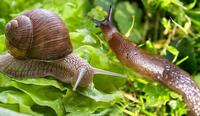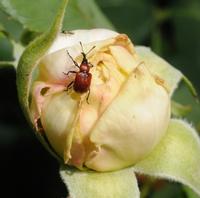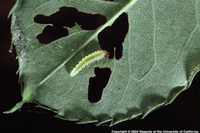Summer 2023
Is something bugging your roses?
Roses are blooming profusely this year, rejoicing in the abundant rainfall they’ve received. Even as the buds open and fill your yard with colorful blooms and often heady fragrance, trouble may be brewing.
The joyful experience of these lavish blooms can be quickly deflated when pests and/or disease attacks. Unfortunately, there is quite a long list of problems that may affect your roses, but a few tactics can help keep roses relatively trouble free.
- Right plant, right place is a regular Master Gardener mantra. Most rose species do well with a minimum of 6 to 8 hours of full sun to light shade in areas with good soil drainage and ventilation. Find a spot that fills these needs.
- Read plant tags: choose disease- and pest-resistant varieties.
- Remove and destroy infected leaves and canes during the growing season; rake up and discard infected, fallen leaves and blooms.
- Avoid overhead watering.
Our late rains were beneficial for our reservoirs, but a curse to many rose varieties. Cool nights, warm days, and a couple days of rain provide the perfect breeding ground for three fungal diseases: powdery mildew, black spot, and rust -- names clearly descriptive of each disease.
Powdery mildew – You can recognize this disease by the white, powdery spore growth that forms on leaf surfaces, shoots, and sometimes on flowers. The best method of control is prevention. Avoid the most susceptible cultivars, place plants in full sun, and follow good cultural practices. Photo: UC Regents.
Black spot – Round black spots with fringed or feathery margins on the upper surface of leaves or stems occur primarily in foggy or humid coastal areas. It can occur anywhere leaves stay wet. Use drip irrigatation early in the morning and avoid overhead sprinklers. Photo: Scot Nelson.
Rust – This fungus thrives in cool, moist weather such as that found in our coastal areas, but it may also be a problem inland during wet years. Avoid overhead watering and prune back severely affected canes. During the winter, collect and dispose of any leaves remaining on the plants and all fallen debris. Photo: Jack Kelly Clark.
And then there are rose pests:
Aphids – Aphids are among the first pests to appear in spring. They love tender new growth and the succulent rose leaves unfurling are oh so yummy. It’s easy to run your fingers along the shoot and brush off the aphids. A strong blast of water will also do the trick. But first look around your plant – are there “good bugs” already feasting on these tasty pests? Photo: UC Regents.
Slugs and snails – Are there any plants these slimy critters don’t like? Look for the telltale shiny trail where the critter has crawled and random holes in the leaves where they have munched. Hand pick and destroy or apply a non-toxic (to humans and animals) iron phosphate bait, which when consumed causes snails and slugs to stop eating. Photo: Pestwiki.
Curculio rose weevils – Now we’re getting into really problematic pests! These red and black weevils dive into buds with their snouts and lay eggs in the buds where the larva hatch and feed. Monitor your plants for this destructive pest. Hand pick these bugs and drop them into a container of water mixed with some dish soap. Clip off and destroy the bud to prevent the larva from doing additional damage. Predatory birds often enjoy a meal of curculios, so encourage their presence with a water feature. Photo: UC Regents.
Rose slugs are among the worst rose pests! Rose slugs are the larvae of the sawfly, which resembles a fly or wasp. It does not sting or eat and is short-lived. The female sawfly uses her sawtooth egg-laying appendage to form a pocket in the edge of a rose leaf and inserts one egg per pocket. The young larvae emerge and dine on soft tissue, creating a skeletonized appearance. More mature larvae chew large holes in the leaves. Once fully mature, the slug drops to the ground where it pupates before emerging as a sawfly. Prevention starts with regular garden monitoring and sanitary maintenance. For a light infestation, remove leaves showing damage, squish those tiny green caterpillar-like creatures you find, or blast water on the leaves to knock off the intruders. Welcome birds and beneficial insects into your garden by providing a water source and a variety of beneficial plants. You could also spray with insecticidal soap or Neem oil, coating both the top and bottom of the leaves. Larger infestations are more problematic and potentially weaken the entire plant’s ability to photosynthesize. The weakened plant is then more susceptible to attacks by other pests and diseases. For a major infestation, remove all infected leaves; clean up and discard debris in and around the plant. Photo: UC Regents.
